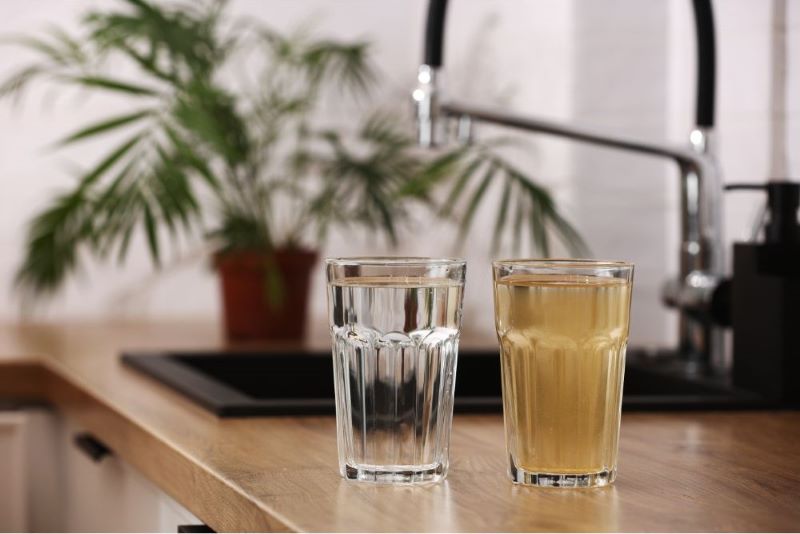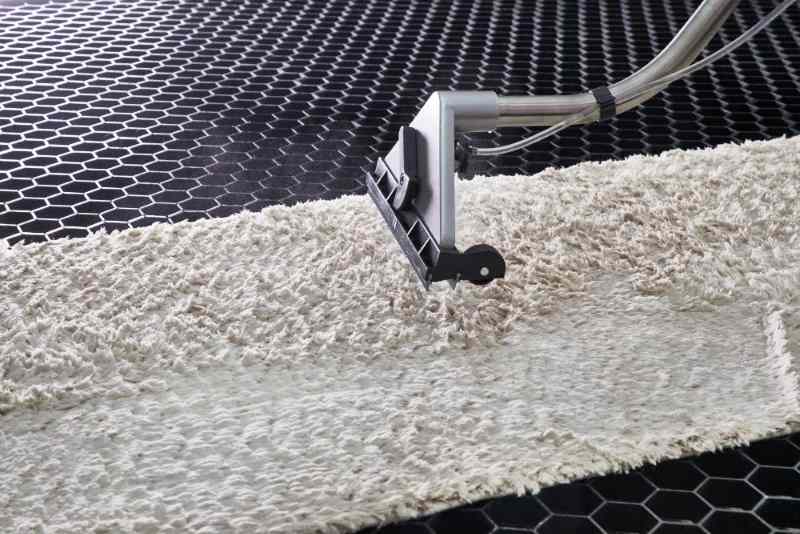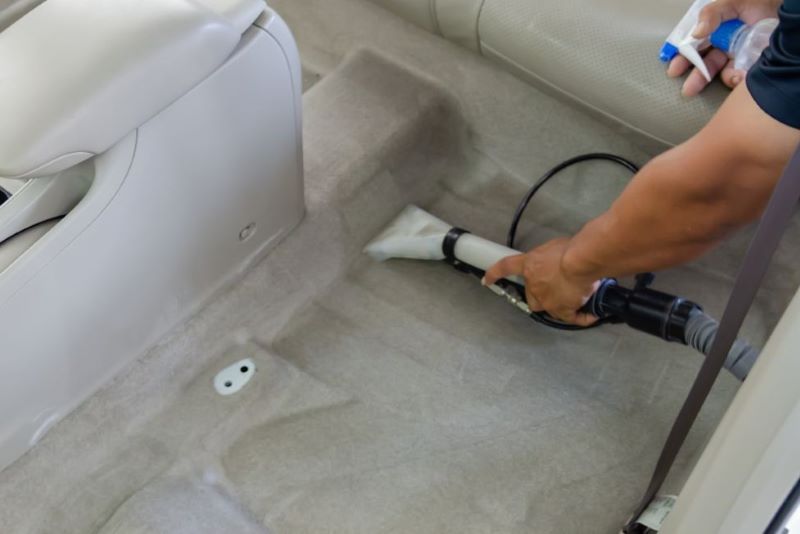Your day can be ruined—not to mention your carpet—by a leaking sippy cup of juice, an overflowing dishwasher, a flood, or a burst water pipe. Drying carpets as soon as possible after a water damage incident is crucial to prevent other problems. However, it’s not as easy as it might seem in water extraction from carpet.
Here’s how to deal with water extraction from a carpet effectively if you come across a wet carpet to avoid more flooring problems and the growth of mould and mildew.
Water Category

As it can influence your efforts to dry and clean the wet area, knowing the reason behind your wet carpet is useful. Three main types of water can be affected by water damage, and they are divided into categories based on the degree of contamination:
Category 1
It is a clean water supply. The most common causes of damage are clean water overflows from incidents like burst water supply pipes, overfilled sinks, and damaged toilet tanks.
Category 2
It involves tainted water that could be harmful if swallowed or come into contact with it by accident. The overflow from a dishwasher, washing machine, toilet bowl containing solely urine, or any other non-septic source are examples of this type of dirty water.
Category 3
It is the most hazardous kind of water since it is full of infections, toxins, and other microbes that can seriously injure people or harm their health. Septic or sewage backups and any type of environmental flooding (from rivers, streams, oceans, groundwater, etc.) are among the causes of this water damage.
Step-By-Step Guide Water Extraction from Carpet

Step 1: Extract The Water
It is best to use wet-dry vacuums or pumps to remove as much standing water as possible if you have it, as in a flooded basement. A wet-dry vacuum can typically be rented from a nearby hardware store if you don’t have one. Large towels can also be used to absorb water from carpets in smaller areas. As much water as you can by hand should be removed. Till no more water can be removed, slowly and carefully continue to run the wet-dry vacuum over the wet carpet.
Look for signs of moisture damage on the drywall, wall studs, and subfloor. Make an appointment with a water damage professional if you’re worried.
Step 2: Lift the Padding
Regardless of how soon you discover water damage to your carpet, the padding beneath it will eventually need to be replaced. When carpet padding comes into contact with a lot of water, it acts like a massive sponge, and there is no practical method to dry the padding and stop the development of mould. Fortunately, changing the carpet padding doesn’t have to cost much. Using gloves, pull aside the soggy carpet and remove the padding underneath. After that, you reposition the carpet and begin the drying process.
Step 3: Make the Area Dry
To ensure complete drying, all furniture affected by water must be taken out of the room. If wet furniture is left in a flooded place, the room will not be able to dry out as quickly, which increases the possibility of mould and mildew growing.
Stimulate ventilation to help in the affected area’s drying out. To circulate air, set up fans and a dehumidifier; however, avoid opening any windows or doors as this might worsen the situation. For best results, think about renting powerful fans and dehumidifiers.
Step 4: Thoroughly Clean the Area

Make sure the carpets are completely dry before beginning any cleaning. To find hidden pools of water and places that are still susceptible to the formation of mould or mildew, you may hire professionals who do moisture testing using specialized equipment.
Step 5: Make the Carpet Smell Better
If your carpet smells, or if you want to prevent the smells from coming back after water damage, you should clean, disinfect, and fully dry the carpet. Without professional tools, it is very impossible to completely remove all the moisture from a wet carpet; therefore, if the carpet is not thoroughly dried out and mould grows, musty or mouldy odours may appear. Remember that scented products won’t eliminate the odour; they will just temporarily cover it. Also, sprinkling common household items like baking soda on the carpet will just cause additional particles to get absorbed by the fabric.
Keep an eye on any areas that have previously had water damage. Regularly check for possible leaks in hoses, appliance connections, water shutoffs, and pipes. Installing flood alarms can help with early detection and damage prevention in areas that are susceptible to flooding.
How Long is Water Extraction from Carpet?
There is no clear answer because the following factors will affect how long it takes:
- The amount of moisture that your carpet retained after being exposed to water: Generally, flooded carpets require three to five days to dry, although partially wet carpets may require up to twelve hours.
- Carpet type: Berber, synthetic, and woollen carpets dry longer than other carpet varieties.
- Water extraction procedure: A professional heater fan will dry your carpet more quickly than a household fan.
Conclusion
It’s advisable to apply an antimicrobial cleaner at the end of the cleaning procedure, even if you start water extraction from carpet immediately. You can prevent mould growth by hiring qualified professionals as soon as possible.
Remember that you can contact professionals if your water damage is caused by category two or three sources, or simply by an excessive volume of “clean” water. There are licensed professionals who have experience handling all kinds of water-related situations and are equipped with the right tools to quickly clean, disinfect, and help prevent damage to your property.


